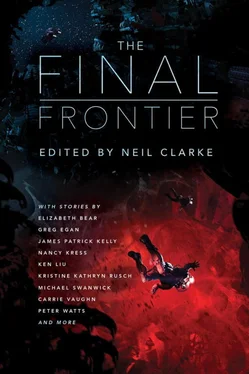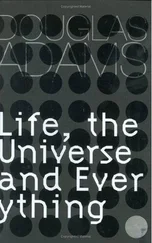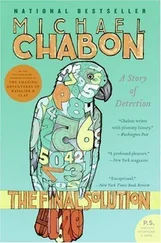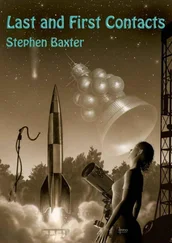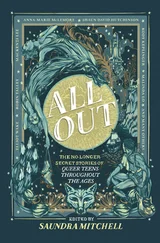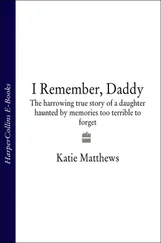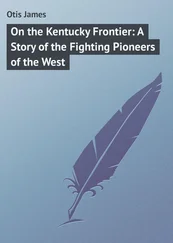Pirit had insisted that only Sando, the senior archaeologist, be told about Joan’s true nature; Joan refused to lie to anyone, but had agreed to tell her colleagues only that she was a mathematician and that she was not permitted to discuss her past. At first this had made them guarded and resentful, no doubt because they assumed that she was some kind of spy sent by the authorities to watch over them. Later it had dawned on them that she was genuinely interested in their work, and that the absurd restrictions on her topics of conversation were not of her own choosing. Nothing about the Noudah’s language or appearance correlated strongly with their recent division into nations—with no oceans to cross, and a long history of migration they were more or less geographically homogeneous—but Joan’s odd name and occasional faux pas could still be ascribed to some mysterious exoticism. Rali and Surat seemed content to assume that she was a defector from one of the smaller nations, and that her history could not be made explicit for obscure political reasons.
“There are more tablets here, very close to the surface,” Rali announced excitedly. “The acoustics are unmistakable.” Ideally they would have excavated the entire hillside, but they did not have the time or the labor, so they were using acoustic tomography to identify likely deposits of accessible Niah writing, and then concentrating their efforts on those spots.
The Niah had probably had several ephemeral forms of written communication, but when they found something worth publishing, it stayed published: they carved their symbols into a ceramic that made diamond seem like tissue paper. It was almost unheard of for the tablets to be broken, but they were small, and multitablet works were sometimes widely dispersed. Niah technology could probably have carved three million years’ worth of knowledge onto the head of a pin—they seemed not to have invented nanomachines, but they were into high-quality bulk materials and precision engineering—but for whatever reason they had chosen legibility to the naked eye above other considerations.
Joan made herself useful, taking acoustic readings farther along the slope, while Sando watched over his students as they came closer to the buried Niah artifacts. She had learned not to hover around expectantly when a discovery was imminent; she was treated far more warmly if she waited to be summoned. The tomography unit was almost foolproof, using satellite navigation to track its position and software to analyze the signals it gathered; all it really needed was someone to drag it along the rock face at a suitable pace.
From the corner of her eye, Joan noticed her shadow on the rocks flicker and grow complicated. She looked up to see three dazzling beads of light flying west out of the sun. She might have assumed that the fusion ships were doing something useful, but the media was full of talk of “military exercises,” which meant the Tirans and the Ghahari were engaging in expensive, belligerent gestures in orbit, trying to convince each other of their superior skills, technology, or sheer strength of numbers. For people with no real differences apart from a few centuries of recent history, they could puff up their minor political disputes into matters of the utmost solemnity. It might almost have been funny, if the idiots hadn’t incinerated hundreds of thousands of each other’s citizens every few decades, not to mention playing callous and often deadly games with the lives of the inhabitants of smaller nations.
“Jown! Jown! Come and look at this!” Surat called to her. Joan switched off the tomography unit and jogged toward the archaeologists, suddenly conscious of her body’s strangeness. Her legs were stumpy but strong, and her balance as she ran came not from arms and shoulders but from the swish of her muscular tail.
“It’s a significant mathematical result,” Rali informed her proudly when she reached them. He’d pressure-washed the sandstone away from the near-indestructible ceramic of the tablet, and it was only a matter of holding the surface at the right angle to the light to see the etched writing stand out as crisply and starkly as it would have a million years before.
Rali was not a mathematician, and he was not offering his own opinion on the theorem the tablet stated; the Niah themselves had had a clear set of typographical conventions which they used to distinguish between everything from minor lemmas to the most celebrated theorems. The size and decorations of the symbols labeling the theorem attested to its value in the Niah’s eyes.
Joan read the theorem carefully. The proof was not included on the same tablet, but the Niah had a way of expressing their results that made you believe them as soon as you read them; in this case the definitions of the terms needed to state the theorem were so beautifully chosen that the result seemed almost inevitable.
The theorem itself was expressed as a commuting hypercube, one of the Niah’s favorite forms. You could think of a square with four different sets of mathematical objects associated with each of its corners, and a way of mapping one set into another associated with each edge of the square. If the maps commuted, then going across the top of the square, then down, had exactly the same effect as going down the left edge of the square, then across: either way, you mapped each element from the top-left set into the same element of the bottom-right set. A similar kind of result might hold for sets and maps that could naturally be placed at the corners and edges of a cube, or a hypercube of any dimension. It was also possible for the square faces in these structures to stand for relationships that held between the maps between sets, and for cubes to describe relationships between those relationships, and so on.
That a theorem took this form didn’t guarantee its importance; it was easy to cook up trivial examples of sets and maps that commuted. The Niah didn’t carve trivia into their timeless ceramic, though, and this theorem was no exception. The seven-dimensional commuting hypercube established a dazzlingly elegant correspondence between seven distinct, major branches of Niah mathematics, intertwining their most important concepts into a unified whole. It was a result Joan had never seen before: no mathematician anywhere in the Amalgam, or in any ancestral culture she had studied, had reached the same insight.
She explained as much of this as she could to the three archaeologists; they couldn’t take in all the details, but their faces became orange with fascination when she sketched what she thought the result would have meant to the Niah themselves.
“This isn’t quite the Big Crunch,” she joked, “but it must have made them think they were getting closer.” “The Big Crunch” was her nickname for the mythical result that the Niah had aspired to reach: a unification of every field of mathematics that they considered significant. To find such a thing would not have meant the end of mathematics—it would not have subsumed every last conceivable, interesting mathematical truth—but it would certainly have marked a point of closure for the Niah’s own style of investigation.
“I’m sure they found it,” Surat insisted. “They reached the Big Crunch, then they had nothing more to live for.”
Rali was scathing. “So the whole culture committed collective suicide?”
“Not actively, no,” Surat replied. “But it was the search that had kept them going.”
“Entire cultures don’t lose the will to live,” Rali said. “They get wiped out by external forces: disease, invasion, changes in climate.”
“The Niah survived for three million years,” Surat countered. “They had the means to weather all of those forces. Unless they were wiped out by alien invaders with vastly superior technology.” She turned to Joan. “What do you think?”
Читать дальше
